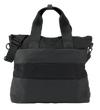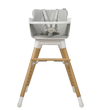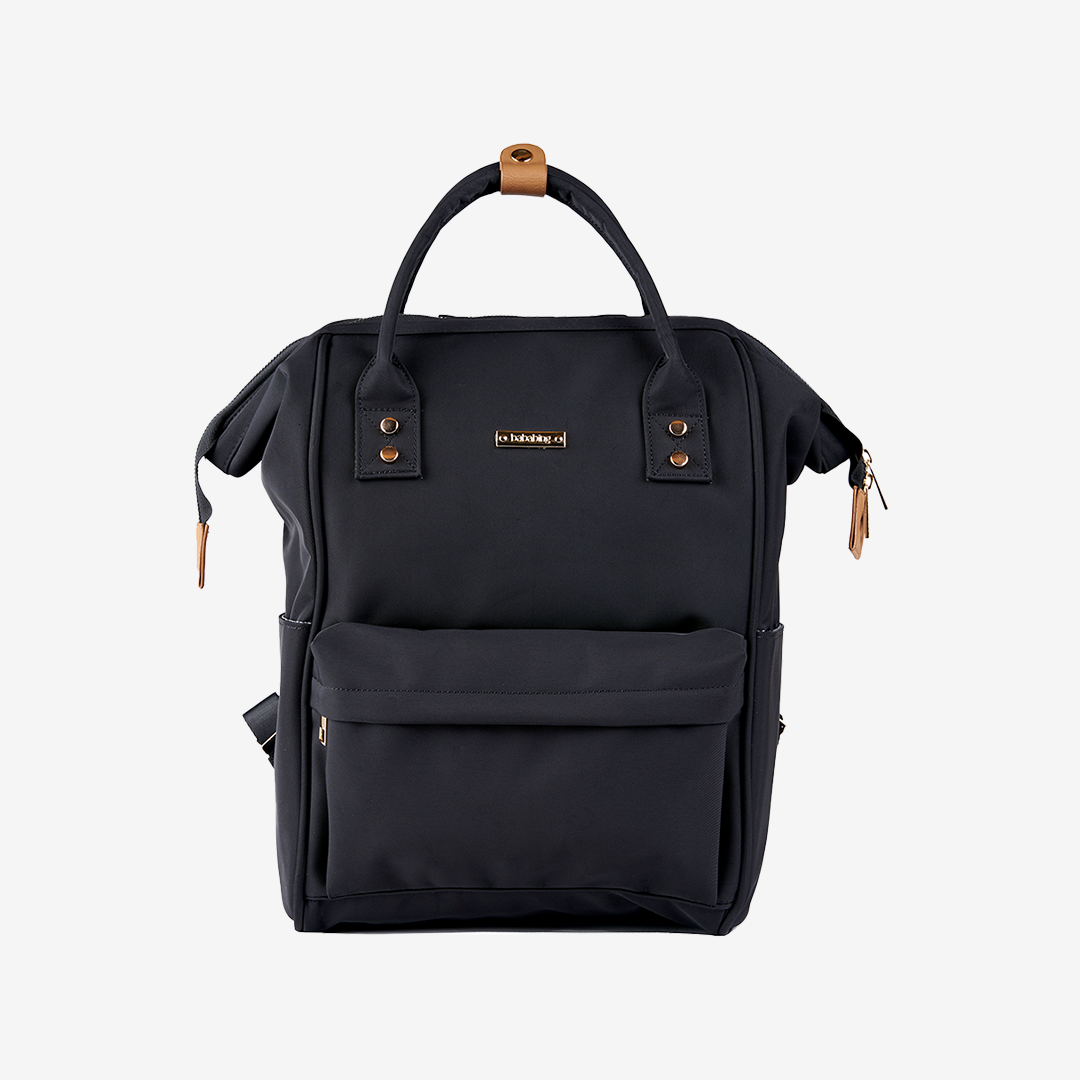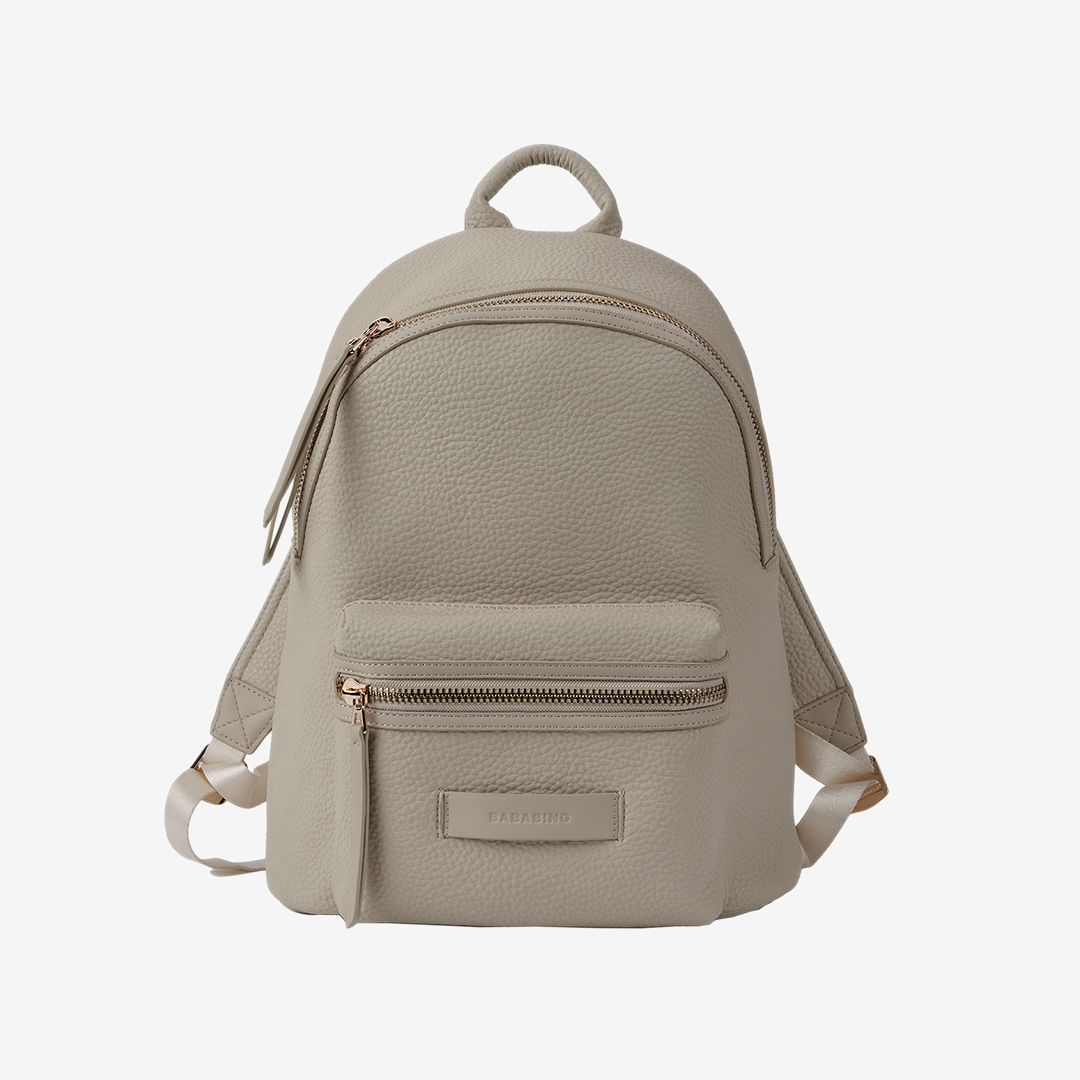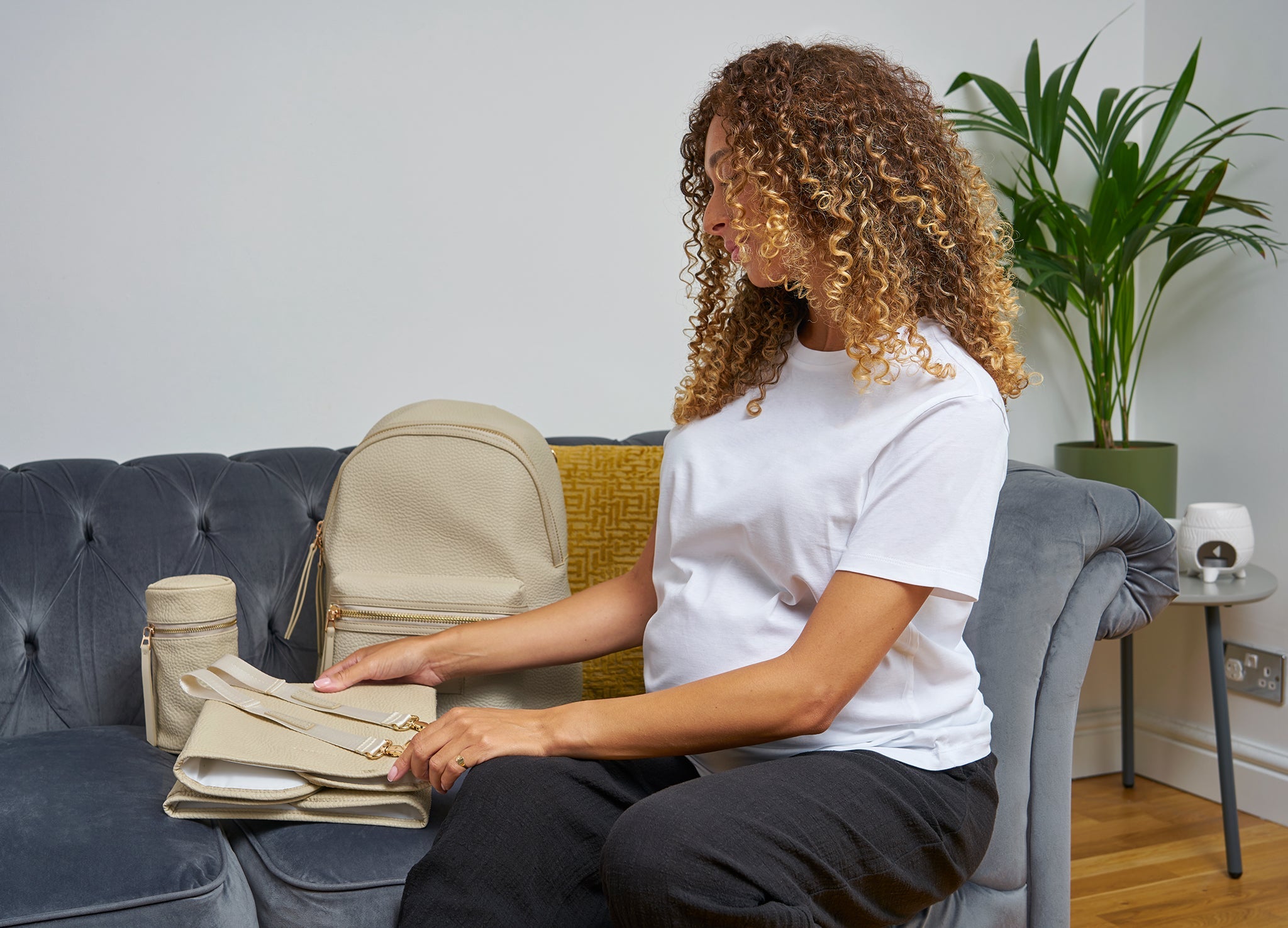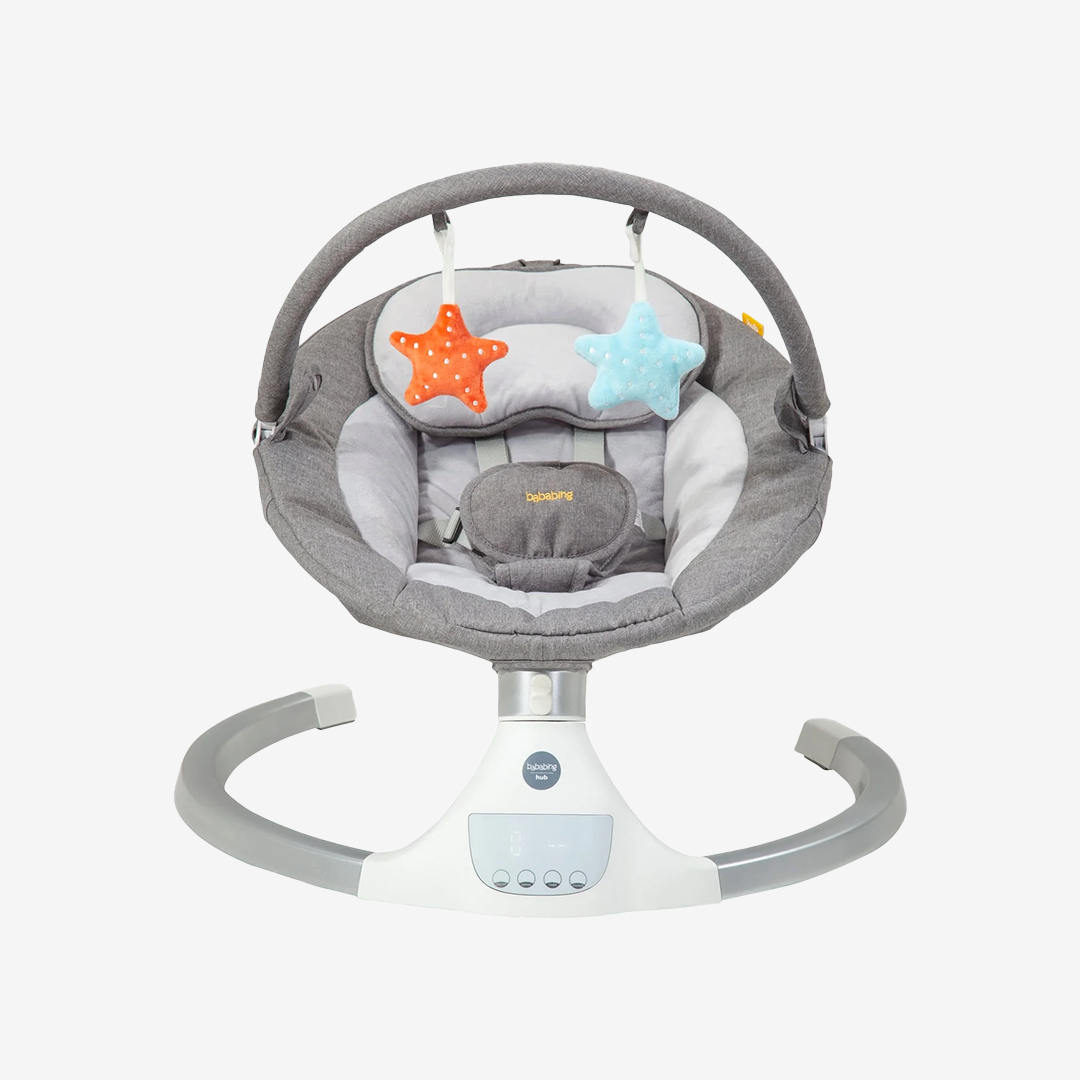If you’re a first-time parent, you probably won’t know how to do a lot of these important tasks, like how to bathe a baby. And that’s completely understandable!
You don’t need to worry, though. It might seem like you’ve been thrown into the deep end of parenthood, so we’ve prepared a simple, step-by-step guide to help you with baby bath time. And once you know how to bathe a newborn, you might find it a wonderful bonding experience for you both to share.
In addition to our baby bath time tips, we’ve included some extra baby care advice for general newborn maintenance to help keep your little one squeaky clean! So let’s get started and make baby bath time a breeze.
How to Bathe a Baby
Step One: Check Baby Needs a Bath
Babies don’t need to be bathed every single day. If you want to quickly clean your baby, you could use the topping and tailing method. This involves wiping your baby’s face, neck, hands and bottom without popping them in the tub. Use cotton wool balls dipped in warm water to gently clean your baby’s skin. Make sure to use a new piece of cotton wool for each of your baby’s eyes, outside the ears, the neck, body and bottom.
But if topping and tailing isn’t enough, we’ll move onto Step Two and learn how to bathe a baby.
Step Two: Be Prepared for Baby Bath Time
Before bathing your newborn, check your little one is feeling alert, awake and isn’t too hungry or full. Then make sure you have the following things to hand:
- Large, clean washing up bowl – you don’t need an expensive baby bath
- Warm water
- Cotton wool
- Soft towel – an adult-sized one is fine
- Fresh nappy
- Clean clothes
Always check the water’s temperature by dipping your elbow in to test it. The water should be warm but not hot, and mixed well. You also don’t need to add any soap or gels – just water is fine, especially for babies with sensitive skin.
Step Three: Baby’s Going for a Dip
Gently dip your baby into the tub, using one hand to support their head and keep it out of the water. With your other hand, first tip small amounts of water over your baby’s hair and scalp. Then, still with your other hand, carefully swish the water over your baby’s body without splashing their face. Keep pouring water over your baby so they don’t get chilly.
Step Four: Clean Baby’s Face
Your baby’s face and nose might have a build-up of sticky mucus that can lead to infection. To avoid this, gently dab your baby’s eyes and nose with a piece of cotton wool dipped in the warm water. Wipe away the mucus, using a fresh cotton wool ball for each eye and the nose.
Step Five: Dry Off Baby
Take your baby out their bath and wrap them in a soft towel. Carry your baby to a clean space, like their changing mat. Pat your newborn dry, making sure to gently towel between the folds of their skin. Some babies don’t like having a bath, so this is also a good time to soothe them by giving your newborn a mini massage.
Once your baby’s completely dry, pop on a fresh nappy and clean clothes. Now your newborn is all clean and you officially know how to bathe a baby!
Baby Care Tips
While learning how to bathe a baby is important, there are other baby care duties you need to take care of.
Nappy Changing
Read up on how to change a nappy. Although, with newborns going through around 12 nappies per day, you’ll no doubt get plenty of practice! Most babies need to be changed as soon as their nappy is wet, so you’ll get used to it quite quickly. Always change your baby’s nappy after a poo.
Baby Nail Cutting
Your newborn baby might only have tiny nails, but they can be very sharp. You need to regularly trim your baby’s nails to make sure they don’t scratch themselves.
Cutting your baby’s nails might feel scary because they’re so small, but you can buy special nail scissors or clippers if you’re worried about nipping their skin. It’s also easier to cut your baby’s nails when they’re fresh from a bath, as the water softens the nail.
Baby’s Umbilical Stump
When your baby’s born, their umbilical cord will be clamped. This leaves a small stump behind on your infant’s tummy. Between 5-15 days after the birth, your newborn baby’s umbilical stump will dry up and fall off.
Before the stump comes away, clean the area in the bath or by using the topping and tailing method. Always fully dry your baby’s stump to avoid infection.
When the umbilical stump falls away, continue to keep your baby’s tummy clean until the belly button heals. This can take up to 10 days. If you see any signs of infection (before or after the stump falls off), speak to your doctor or health visitor.
Now you know how to bathe a baby, but what about the rest? For more baby care tips, check out the rest of the BabaBing! blog for more handy tips and advice to help you on your parenthood journey!











